New Zealand Kiwi
Kiwi are unique flightless birds endemic to New Zealand. Prior to humans finding New Zealand, the number of Kiwi has been estimated to have been millions on these islands.
Since humans introduced predators to what was previously a predator free environment, Kiwi numbers have reduced dramatically.
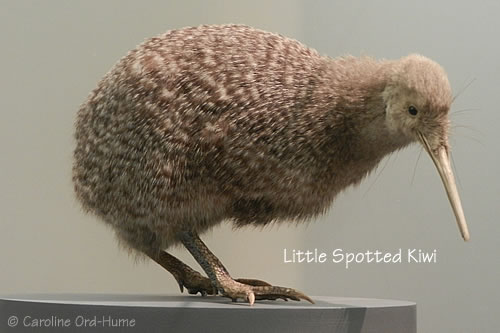
Kiwi Facts
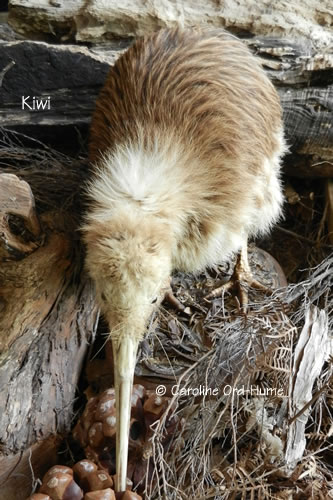
- Kiwis are flightless birds
- Kiwi are endemic to New Zealand and not found anywhere else
- Most Kiwis are nocturnal
- Kiwis have poor eyesight and their eyes are sensitive to light
- Kiwi feathers are similar to hair
- Kiwi nostrils are at the end of their beaks and they have an excellent sense of smell
- Kiwis are omnivores; their diet consists of both plant and animal origins
- Kiwi eggs are enormous and take up about 20% of their body size
- Kiwi chicks hatch fully feathered
- Kiwi chicks are not fed by their parents but feed themselves outside of the nest after a few days
- Young Kiwis take between three and five years to grow to adult and can live for between 25 and 50 years
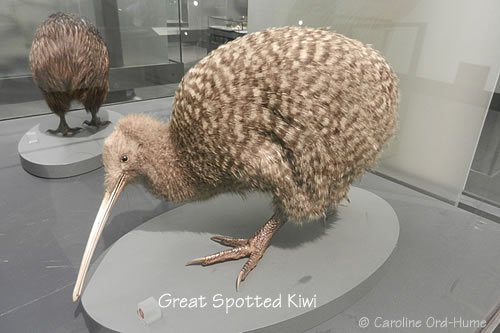
New Zealand Kiwi Conservation
Towards the end of 2016 it was estimated there were only around 68,000 Kiwi left. Even though, when potential extinction of Kiwi became apparent decades earlier when there were an estimated 100,000.
The problem is that the numbers are reducing at a rate of 2% per year due to the impact of human introduced predators such as dogs, stoats, rats, and possums.
And of course, humans are also a threat through destruction of habitat, increase in agriculture, and resulting changes to the ecosystems.
The Department of Conservation launched the Kiwi Recovery Plan 2017-2027 to try to turn that 2% loss into 2% growth.
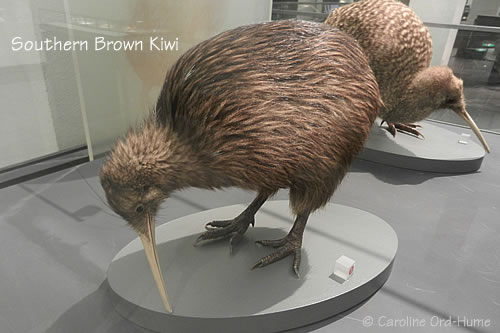
New Zealand Government Predator Free Goal
The New Zealand Government also have a goal that they are backing up with millions of dollars of investment. The government wants to achieve a goal of zero predators across the entire country by the year 2050, including the mainland islands.
For more information read: Predator Free 2050 Ltd Government owned
I personally believe one of the hardest parts of achieving this goal will be getting people to control their cats and dogs. One of the issues to address is that domestic dogs kill a large number of the flightless Kiwi because they can’t escape. Dogs kill 27 Kiwi a week on average.
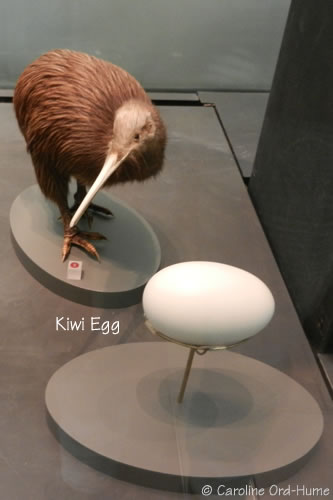
Kiwi Bird Species and Genetic Research
Kiwi Species
These are the five currently recognised species of Kiwi, all of which are endemic to New Zealand.
North Island Brown Kiwi
Apteryx mantelli
Conservation DecliningSounds of: Female North Island Brown Kiwi mp3 file opens in new window
Sounds of: Male North Island Brown Kiwi mp3 file opens in new window
Great Spotted Kiwi / roa, roroa
Apteryx haastii
Conservation Vulnerable
Okarito Brown Kiwi / rowi
Apteryx rowi
Conservation Vulnerable
Little Spotted Kiwi / kiwi, pukupuku
Apteryx owenii
Conservation Recovering
Southern Brown Kiwi / tokoeka
Apteryx australis
Conservation Endangered
Kiwi Research
If you don’t know very much about Kiwi New Zealand, you would be forgiven for thinking there is just one species.
Prior to the 1980s, when science wasn’t advanced enough to identify the full range of species, it was thought there were three separate species, but since the 1980s, there have been five species of Kiwi scientifically identified in New Zealand.
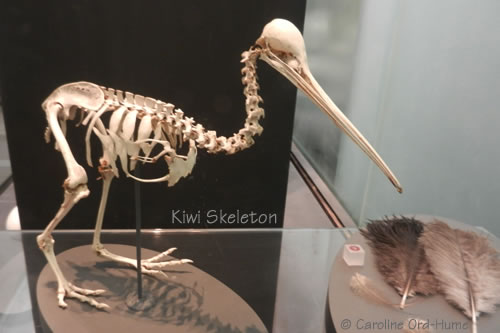
Through genetic research, the Great Spotted kiwi and the Little Spotted kiwi were identified as being two completely separate species.
The Brown kiwi was also separated into three different species, now identified as North Island Brown kiwi, Okarito Brown kiwi, and Southern Brown kiwi.
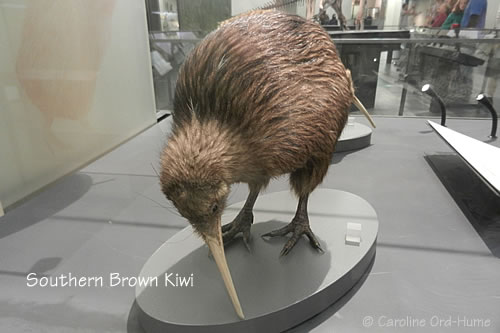
But wait for it; this may not be the end of kiwi identification story. Due to geographical variations there may be different varieties within the list of 5 species, even up to as many as 11 species.
If you are interested in finding out more, you can read about it in a research paper published in 2016, Explosive Ice Age Diversification of Kiwi.
Where Kiwi Live in New Zealand
- Brown kiwi - North Island
- Great spotted kiwi - North West of South Island and Arthur’s Pass, South Island
- Little spotted kiwi - on several islands offshore, and at two sanctuaries on the mainland
- Rowi - Okarito, West Coast of the South Island
- Tokoeka - South Island's Fiordland and Haast Range, and Rakiura National Park, Stewart Island
Where New Zealand Kiwi are in Captivity
Kiwi on the North Island
Whangarei, Northland
Rotorua
Otorohanga
Napier
Waikanae
Wairarapa
Kiwi on the South Island
Queenstown
Franz Josef
Where New Zealand Kiwi are in the Wild
Wild Kiwi - North Island
Northland
Waipoua Forest
Trounson Kauri Park
Aroha Island Ecological Centre
Russell Nature Walks
Kapiti Island
Wellington
Wild Kiwi South Island
Franz Josef
Tuatapere
Wild Kiwi Encounter
Kiwi Wilderness Walks
Ruggedy Range Wilderness Experience
You may also like...
List of birds in New Zealand and a list of animals in New Zealand